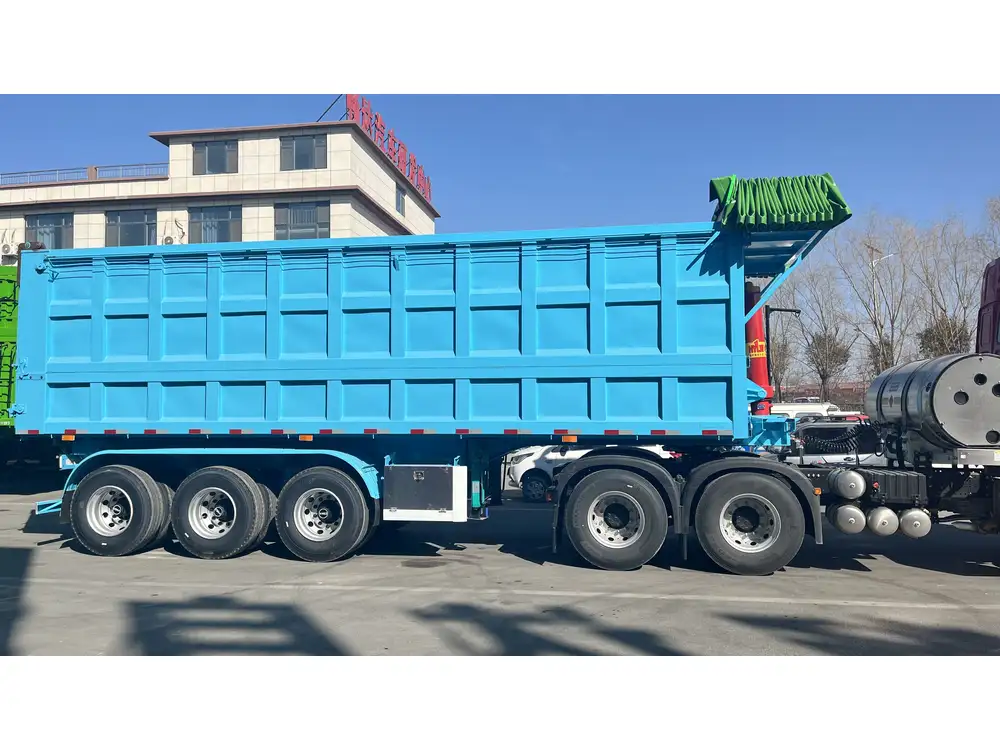Transportation plays a vital role in our economy, and fuel trucks are significant contributors in this sector. One question that arises frequently in this context is, “how many gallons are there in a gas truck?” Understanding fuel capacity is crucial not just for logistics but also for fleet management, environmental considerations, and economic efficiency. In this article, we will explore the intricacies of gas trucks, including their sizes, fuel capacities, types, and operational considerations, to give you a comprehensive understanding of this often overlooked yet critical aspect of transportation.
Types of Fuel Trucks
To grasp the topic of gas truck capacities fully, we first need to understand the various types of fuel trucks available. This information can significantly influence fuel management and operational planning:
| Type of Fuel Truck | Description | Average Capacity (Gallons) |
|---|---|---|
| Straight Fuel Trucks | Designed for local delivery, these trucks can operate both in urban and rural settings. | 1,000 – 3,000 |
| Semi-Trailer Tankers | Tractor-trailers outfitted with a tank for long-distance transportation. | 5,000 – 11,000 |
| Belly Tankers | Built to fit inside a larger truck body with a flatbed design, suitable for local deliveries. | 1,000 – 3,000 |
| Transport Tankers | A specialized type designed to transport fuel over long distances. | 6,000 – 12,000 |
| Mobile Fueling Units | Smaller vehicles designed for on-site fuel delivery. | 200 – 1,000 |
Straight Fuel Trucks
Straight fuel trucks are characterized by their rigid bodies and dedicated fuel tanks, making them ideal for urban and rural stops. They range in capacity from 1,000 to 3,000 gallons, allowing them to make quick deliveries without requiring extensive refueling stops.

Semi-Trailer Tankers
Semi-trailer tankers are commonly associated with long-haul freight. They consist of a tractor unit coupled with a tank trailer and can hold anywhere from 5,000 to 11,000 gallons of fuel. Due to their capacity, they are widely used to transport fuel across states and regions.
Belly Tankers
Belly tankers offer versatility, equipped to handle different fuel types, including diesel, gasoline, and even biofuels. Their flatbed design facilitates quick loading and unloading. The capacity is typically between 1,000 and 3,000 gallons.
Transport Tankers
Transport tankers are specialized vehicles tailored for long-distance fuel transportation. They have advanced safety features and safety valves to prevent leaks or spills. Their capacities usually range from 6,000 to 12,000 gallons.

Mobile Fueling Units
These smaller vehicles provide convenience and flexibility, especially for construction sites or remote operations. Ranging from 200 to 1,000 gallons, these units can deliver fuel on-site without requiring extensive infrastructure.
Factors Influencing Fuel Capacity
When addressing the question of how many gallons a gas truck can hold, various factors come into play:
Regulations and Compliance
The fuel capacity of tankers is significantly influenced by government regulations and compliance standards. Different countries and states have specific laws regarding the transportation of hazardous materials, including fuel.

Design and Construction
The structural design of the truck plays an essential role in its fuel capacity. Materials such as aluminum or steel affect weight and durability, consequently impacting the volume of fuel the tank can carry.
Route and Delivery Needs
Efficiency in route planning also dictates the appropriate size of the fuel truck. For short-distance local deliveries, smaller trucks may be more feasible, while long-haul transportation necessitates larger tankers.
Safety Features
To ensure safety, fuel trucks are equipped with various features, such as multiple compartments, reinforced materials, and emergency shut-off valves. These designs can influence the overall fuel capacity available.

Calculating Fuel Load
The proper management of fuel loads in gas trucks is not merely about knowing how many gallons can fit into the tank. Several advanced calculations can improve efficiency and safety:
Volume vs. Weight
Fuel capacity is often measured in gallons, but understanding weight is just as crucial. Gasoline weighs approximately 6 to 6.5 pounds per gallon. Thus, if a truck has a capacity of 10,000 gallons of fuel, it is imperative to calculate the weight of that fuel:
[ \text{Weight} = \text{Volume} \times \text{Density} ] [ \text{Weight} = 10,000 \, \text{gallons} \times 6.2 \, \text{lbs/gallon} = 62,000 \, \text{pounds} ]This calculation is essential to ensure that the truck’s capabilities do not exceed load restrictions.
Safety Margin
When loading a tank truck, it is crucial to keep a safety margin to prevent leaks, spills, and damage to the truck. Transports must comply with a percentage of their maximum capacity, often adhering to regulations that mandate leaving at least 10-15% of the tank empty.

Filling Logistics
Filling gas trucks is an art in itself that involves understanding both the capacity and the distribution of fuel across the compartments. Compartmentalized tankers enable more efficient load distribution and minimize the risk of sloshing, which can destabilize the vehicle during transit.
Challenges in Fuel Transportation
Transporting fuel is not without its challenges. Understanding these can help better navigate the complexities involved:
Environmental Regulations
Legislation aimed at protecting the environment imposes strict guidelines on emissions, fueling, and the materials used in fuel tankers. These regulations can complicate loading and efficiency at delivery sites.

Market Volatility
The fuel market is subject to fluctuations based on government policies, global demand, and geopolitical situations. Manufacturers must adapt quickly to changes to manage costs effectively.
Technological Advancements
The continuous evolution of technology brings both opportunities and challenges. GPS tracking, advanced monitoring systems, and automated filling stations enhance safety and efficiency but require continuous training for operators.
Infrastructure Limitations
In rural areas, limited fueling stations can pose problems for gas truck deliveries. This challenge influences the planning of routes and the size of trucks that can operate effectively in given areas.

Future Trends in Fuel Trucking
As the industry evolves, new technologies and trends are shaping the future of fuel transportation. Awareness of these can inform better business decisions:
Alternative Fuels
With a global push for sustainable energy, alternative fuels, including hydrogen, biofuels, and electric battery technology, are becoming increasingly relevant for fuel trucks. Their integration requires adaptable designs and regulations.
Telematics and Real-Time Monitoring
Telematics technologies allow for real-time monitoring of fuel truck capacities, routes, and vehicle health. This data helps optimize operations and enhance safety measures.

Automation
The move towards automated and autonomous vehicles is set to transform the fuel transportation industry. Though currently in the experimental phase, the potential for cost savings and operational efficiency is significant.
Effective Fleet Management
Finally, once you understand how many gallons a gas truck can carry, it’s imperative to maintain effective fleet management to maximize the efficiency and safety of operations:
Routine Inspections
Routine inspections of truck capacities and overall health are crucial in ensuring that the vehicles operate under optimal conditions and eliminate potential failures during operation.

Driver Training
Investing in continuous driver training positively impacts not only safety but also operational efficiency. Well-trained drivers equipped with knowledge about handling fuel and emergency practices can prevent disasters.
Fuel Management Strategies
Implementing effective fuel management strategies ensures optimal capacity usage, expense tracking, and adherence to industry regulations.
Sustainability Commitment
Incorporating sustainable practices into transportation can improve public image and align with global trends. Practices such as minimizing fuel waste, optimizing routes, and considering alternative fuels can yield substantial benefits.

Conclusion
Understanding how many gallons a gas truck can carry goes beyond mere numbers; it encompasses various aspects of logistics, safety, environmental concerns, and operational efficiency. Armed with the knowledge of truck types, capacities, influencing factors, challenges, and future trends, business owners and managers in the transportation sector can make informed decisions. By staying ahead of industry trends and implementing effective management strategies, businesses can optimize their operations and thrive in an ever-evolving market.



